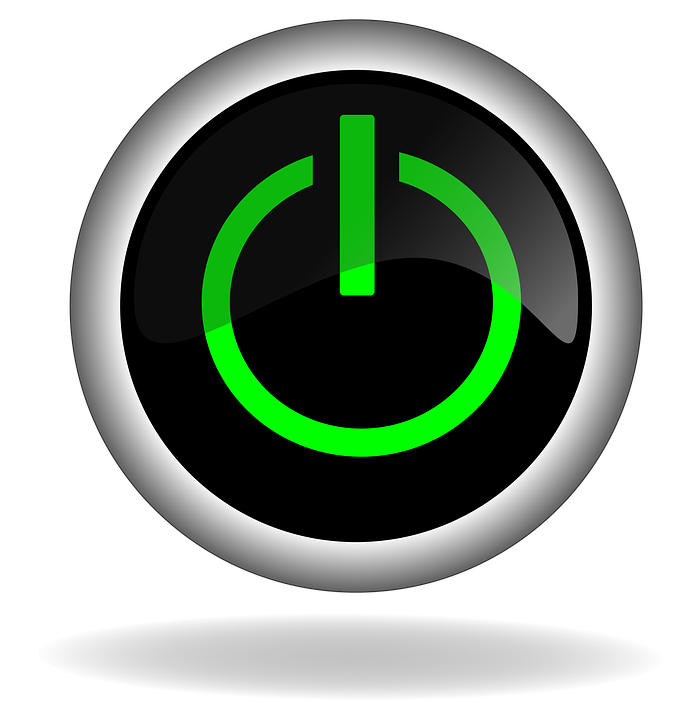 https://cdn.pixabay.com/photo/2016/06/01/00/08/button-1428090_960_720.png
https://cdn.pixabay.com/photo/2016/06/01/00/08/button-1428090_960_720.png
Power
Power is
essentially energy per second.
This can be derived from voltage
time amperage which equates to
joules per second. James Watt is
owed the credit for developing the
watt unit and horsepower unit.

For
simplicity, power is
computed by volts times
amps or amperage squared
times resistance. It is
interesting to note that
power in a resistor can
only yield a positive
value; meaning that a
resistor can only consume
power. This makes sense
because of P = I^2 x
R or P = V^2 / R. If the
current is positive or
negative or if the voltage
drop across the resistor
is positive or negative,
the wattage will always be
positive since they are
both squared.
Consequently, this is not
the case for a battery.
Since P = V x A, the power
in a battery could be
either positive or
negative. Positive for
consuming power such as if
the battery is taking a
charge. Negative for
giving power such as a
battery powering a light
bulb. Since energy is
always conserved, the
power produced is equal to
the power consumed.

From the previous
series and parallel circuit
examples, the power consumed can
be contrasted. In the parallel
circuit, the two lamps are
noticeable brighter and the
total power consumption is 96
watts. In the series circuit,
the two lamps are dim and the
total power consumption is 24
watts. With the parallel
circuit, its easy to see that
more power is utilized, but this
would result in the battery not
lasting as long when compared to
the series circuit with the same
components. For this reason,
batteries include two ratings:
Voltage and Ampere hours (Ah).
This helps identify how long a
circuit can be powered with a
battery.
|